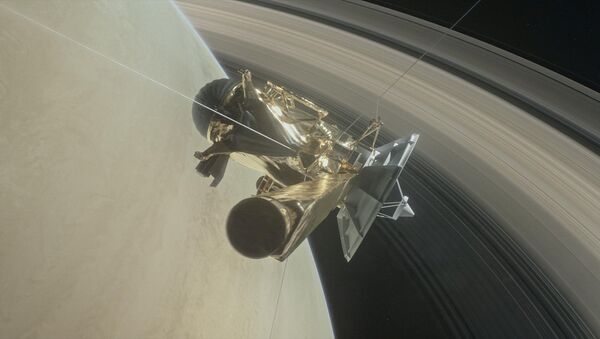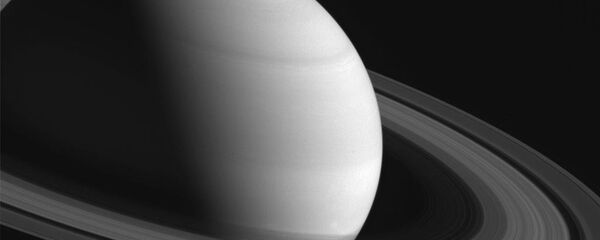On September 15, at around 8 a.m. Eastern Daylight Time, the 13-year mission of the Cassini spacecraft orbiting Saturn will end with a fiery burnout, as the craft — all data-collection instrumentation except its cameras on — enters the planet's gravity well and an intentionally-uncontrolled descent results in the two-ton craft's destruction at the hands of enormous heat and pressure.
Launched in 1997, Cassini comprised a NASA orbiter module and the European Space Agency's (ESA) Huygens lander. The two craft, joined together, arrived in Saturnian orbit in July 2004 and separated, the probe to visit the moon Titan and the orbiter to circle the planet, gathering enormous amounts of new data about the fabled rings and, at recent estimates, its 62 moons.
As has been long planned, NASA will immolate Cassini primarily to avoid having eventually-derelict space junk sully the symmetric majesty of the gas giant's glorious ring structure, particularly now that it has been so carefully documented.
NASA detailed some of the numbers that define the mission's many successes, including the 4.9 billion-mile trip distance; those 294 orbits of Saturn; that 635 gigabytes of data (that's all?); the 453,048 photographs, as well as the 3,948 science papers that used have used the information to date, and the 27 countries that participated in the interplanetary undertaking, according to a report by nytimes.com.
Based on the enormous amounts of data gleaned from Saturn by Cassini, NASA is now seeking proposals for new missions to Titan or another moon, Enceladus, thought to embody conditions that could harbor extreme forms of microbial life.
Now the Cassini spacecraft will be utterly destroyed, as, in fitting tribute to humanity's scientific advancements in space, its most audacious mission yet will be violently returned to the constituent atoms from which its complex materials were made.
Astronomers hope to document a flash as the spacecraft makes its final fiery descent, but chances are slim, according to NASA.





